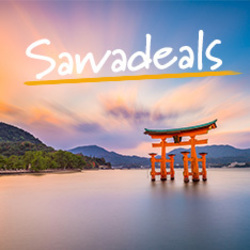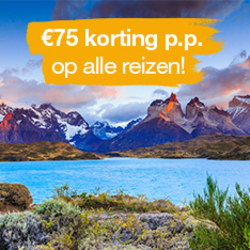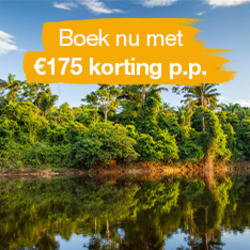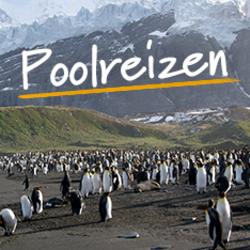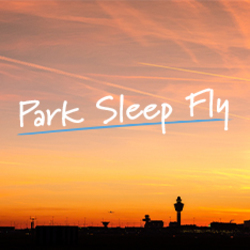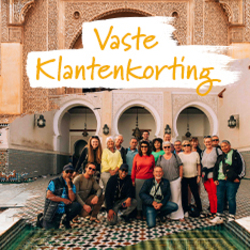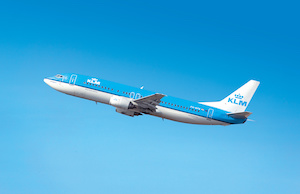Profiteer t/m 2 mei
BekijkActivities
- Wildlife Holidays
- Safaris
- Big Cats
- Explore a vast wilderness home to Desert elephant, lion and Black rhino. Spend two days in the private Palmwag Concession with, amongst others, over 100 lion, cheetah, leopard and hyena. Marvel at nature's theatre around Etosha's water-holes Stylish, full service wild camping
Food
-
1
Start Windhoek.
The group flight arrives in Windhoek and rest of the day is free to relax or explore town. There will be a briefing this evening about the rest of the trip.Hotel Safari or similar
-
2
Drive to Spitzkoppe.
This morning we drive to Spitzkoppe Camp. The afternoon is free to explore this mountain oasis on a number of self-guided trails. The drive is approximately 4 hours.Spitzkoppe Camp or similar
-
3
Visit Twyfelfontein San Bushman Engravings.
Heading in a northwesterly direction we'll make our way through Damaraland's varied landscape of stark plains, petrified forests and ancient valleys to the rocky outcrops of Twyfelfontein. This area has the highest concentration of San Bushman engravings in Africa, some dating up to 6,000 years. We have the opportunity to explore the area on foot and see some of these San Bushman engravings.Twyfelfontein Wild Camping
-
4
Visit the Palmwag Concession to search for Desert elephants and Black rhinos.
Continuing on our journey, we will spend the next two days in the Palmwag Concession. There are few places on Earth that offer such a great opportunity for wildlife viewing but with none of the crowds that can be found at the better known safari destinations. This 5,000km2 private desert reserve has a number of springs which support a healthy wildlife population. This includes Desert elephants, the second largest population of predators in Namibia after Etosha National Park (including lion, cheetah, leopard and hyena), Hartmann's gazelle, zebra, giraffe, oryx, springbok, kudu and about 70% of the world's free ranging Black rhinos. The concession is also home to most of the country's endemic bird species as well as diverse vegetation. The two days here will be spent tracking wildlife and visiting various hidden springs.Palmwag Concession Wild Camping
-
6
Transfer to Hoanib River; game drives
We have a final hike within the Palmwag Concession to see what activities the wildlife may have been up to overnight before continuing our journey to the Hoanib River, where we will spend the next two nights. This dry riverbed is densely overgrown with nutritious acacia trees, a favourite food of Desert elephant, and we have good chances of seeing breeding herds of these giant creatures over the next game drives. The exact schedule over these two days will be decided by the tour leader and is dependant on the weather.Hoanib River Wild Camping
-
8
Drive towards the narrow Khowarib Gorge.
Today we travel via Sesfontein to the Khowarib Gorge, a narrow gorge on the dry Hoanib River and home to a few Damara and Herero families. On the way we visit a local Himba village. The Himba are a nomadic people who move with their cattle to graze new lands. They are very traditional and still wear few clothes other than a loin-cloth and covering their bodies in a mixture of red-ochre and fat giving their skin a distinctive colour.Grootberg Lodge or similar
-
9
Etosha National Park
Leaving the Khowarib area behind we travel via the Grootberg Pass to Kamanjab and further on a tarred road towards Etosha National Park. We arrive at Okaukuejo Rest camp, within the park, in the afternoon. Etosha National Park is centred around the Etosha Pan, a vast, dry depression. Springs feed water-holes where wildlife abounds. This evening we can sit by the flood-lit waterhole at the restcamp and watch the natural theatre unfold before us.Okaukuejo Camp or similar
-
10
Etosha National Park and Onguma Game Reserve
We spend much of the day on game drives as we travel across the national park via Halali Camp and Namutoni towards Onguma Game Reserve. This reserve is on the eastern edge of Etosha National Park and covers 20,000 hectares of land. It is home to over 30 mammal species and numerous bird species.Onguma Game Reserve Camp or similar
-
11
Explore Etosha N.P., famous for its watering holes and wildlife.
We spend another day exploring Etosha National Park looking for lions, elephants, giraffes, rhinos, and various other animals which call this part of the world home.Onguma Game Reserve Camp or similar
-
12
Visit Waterberg Plateau, renowned for its birdlife.
Leaving Etosha and Onguna, we head towards the Waterberg Plateau. This plateau is home to over 200 species of birds including Black eagles and the only breeding colony of Cape vultures in Namibia. There are several short self-guided walks through the plateau's beautiful scenery and even a couple of longer hikes for those feeling more energetic.Waterberg Camp or similar
-
13
To Windhoek; end.
We take our final drive towards Windhoek in time to catch our flight this afternoon.Please note: Clients must not book flights leaving before the group flights (typically 3pm).




